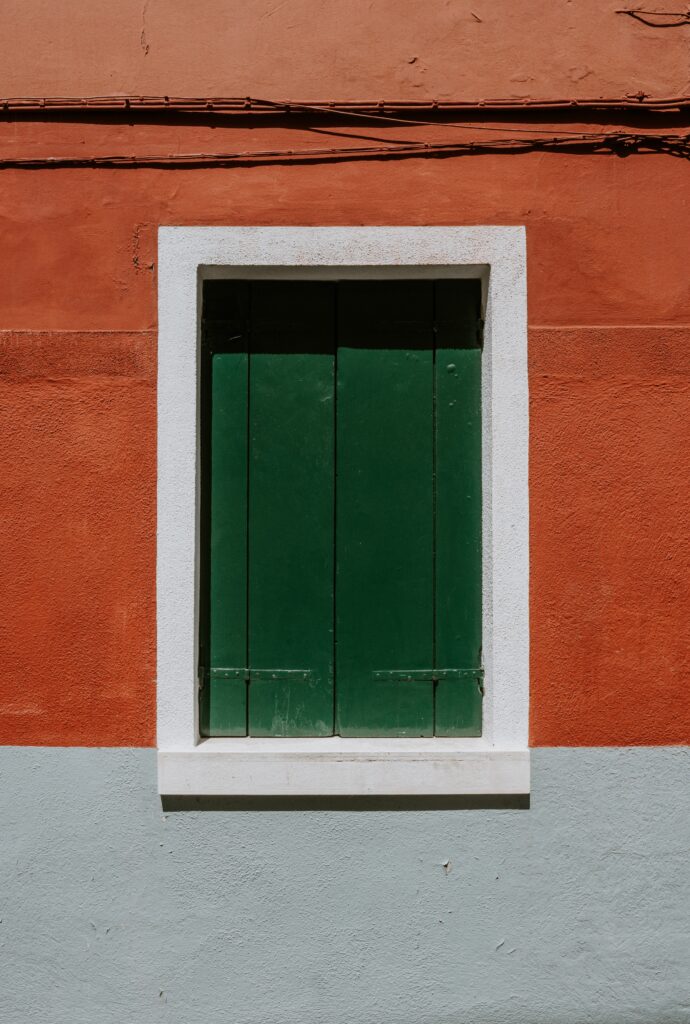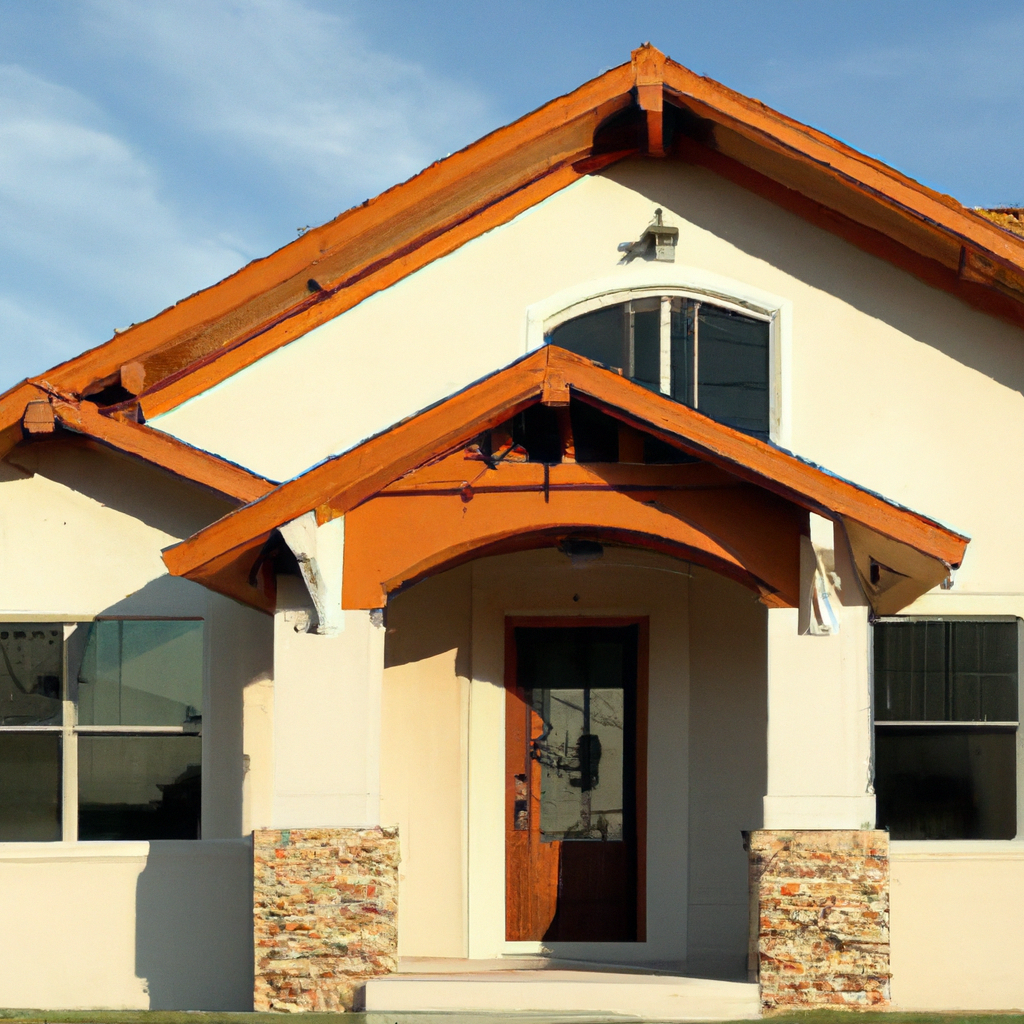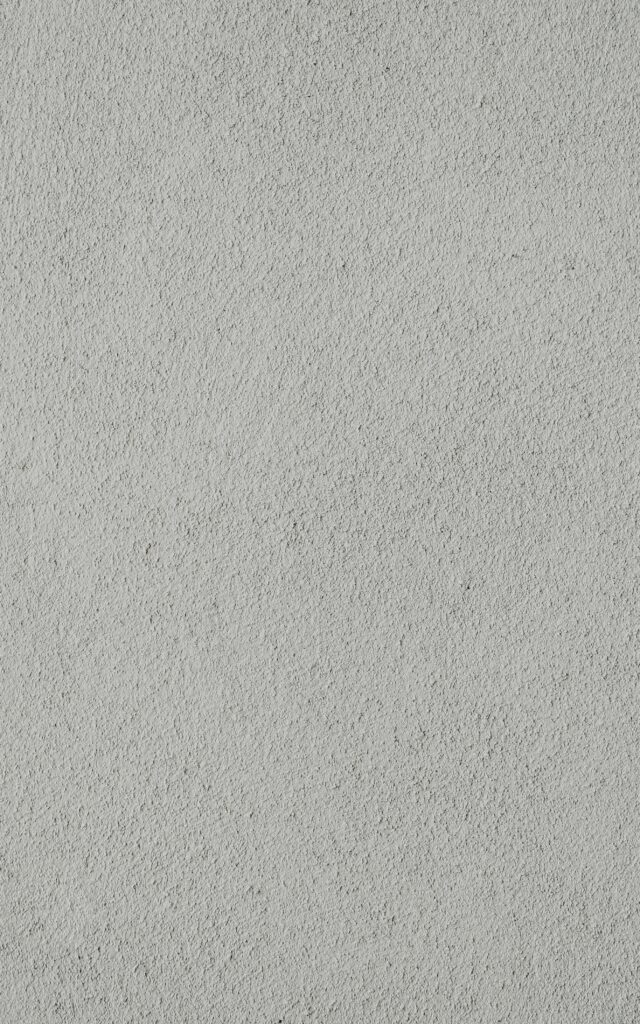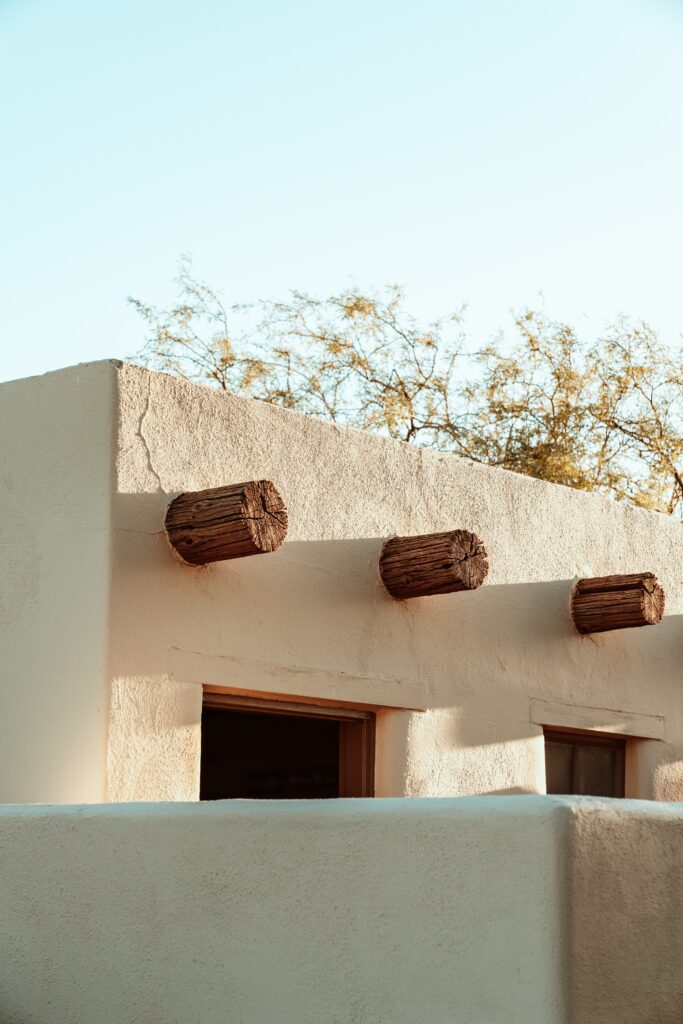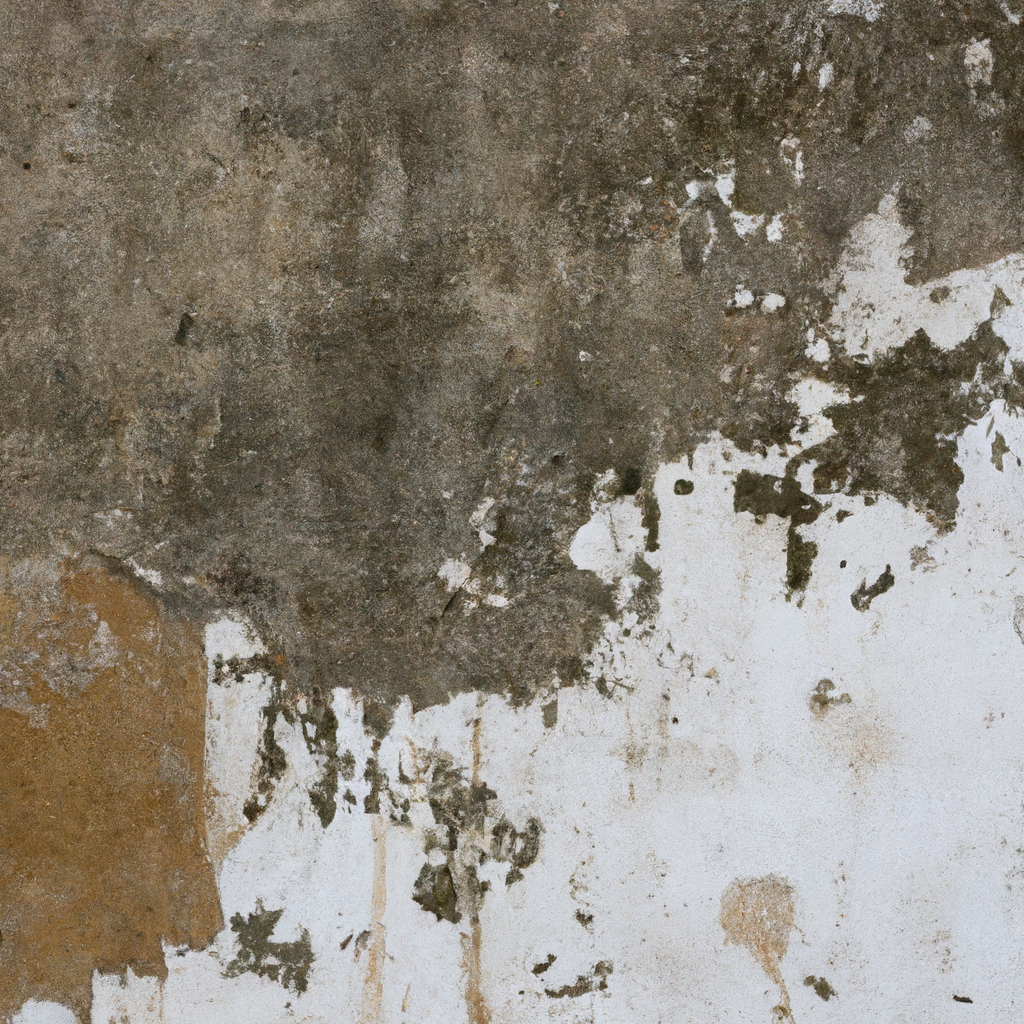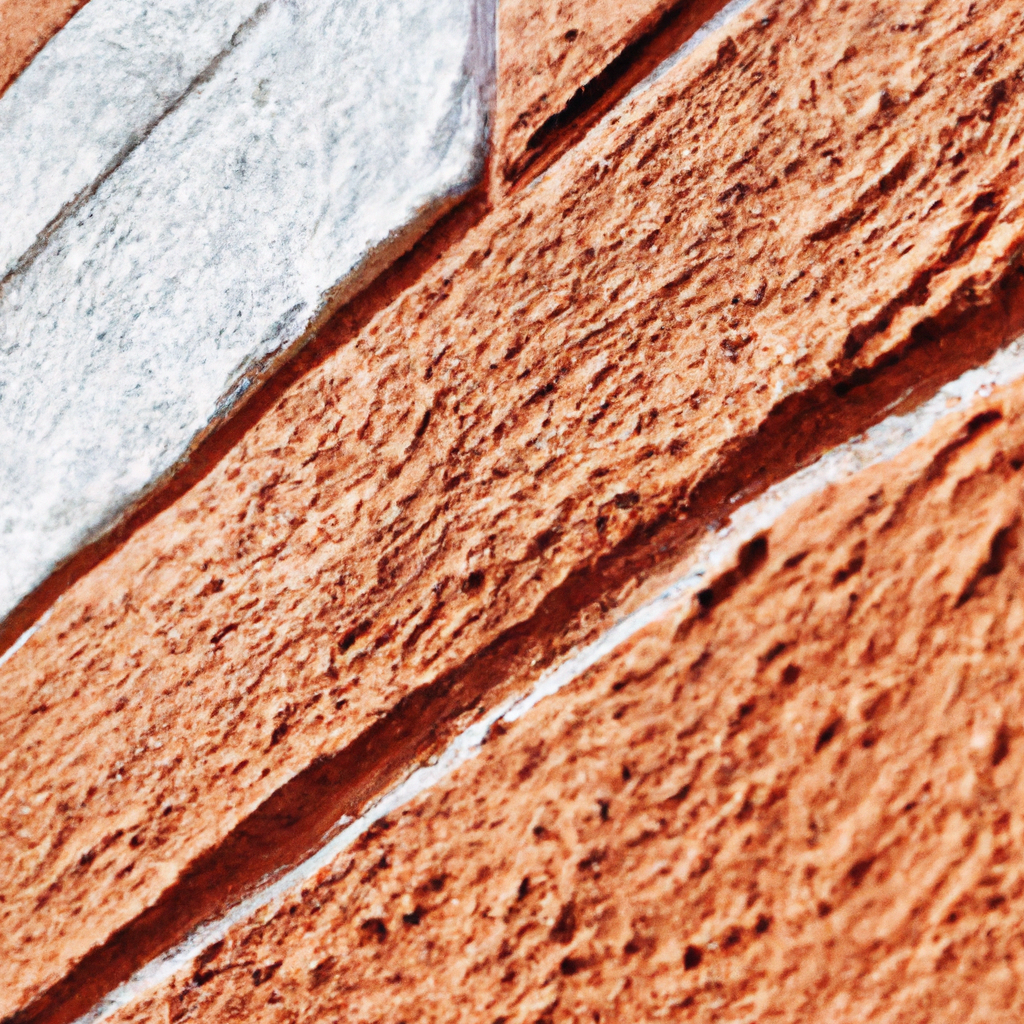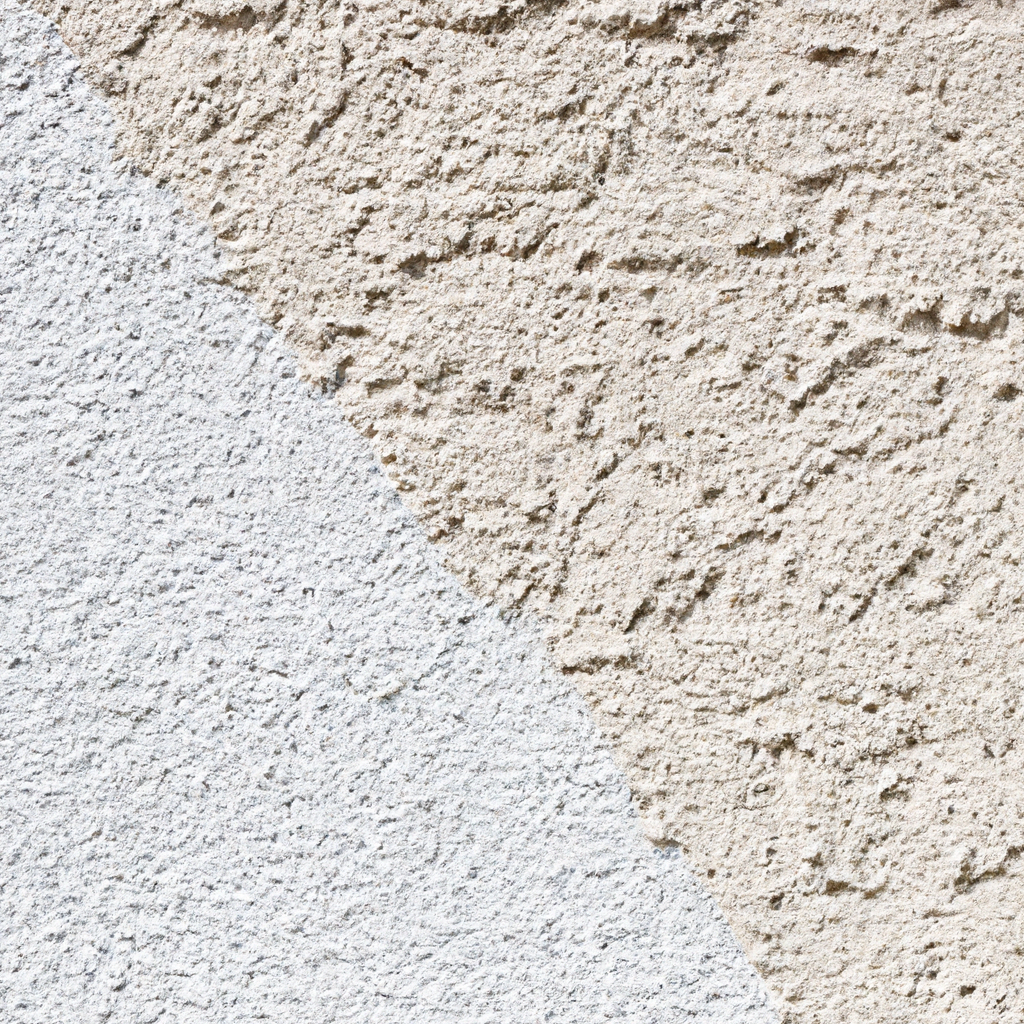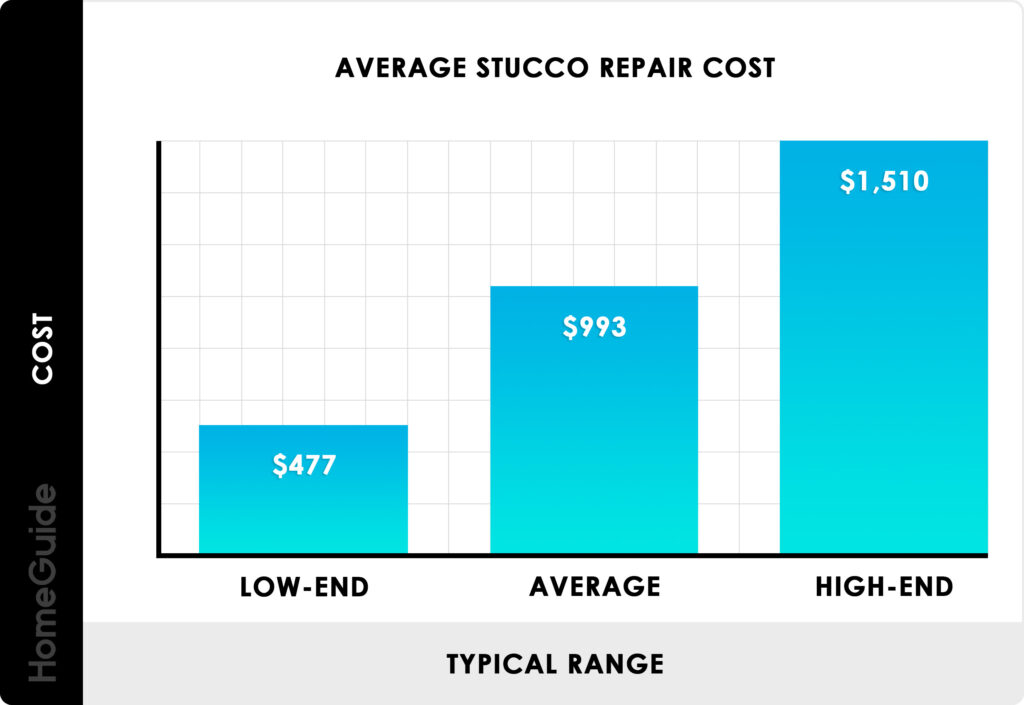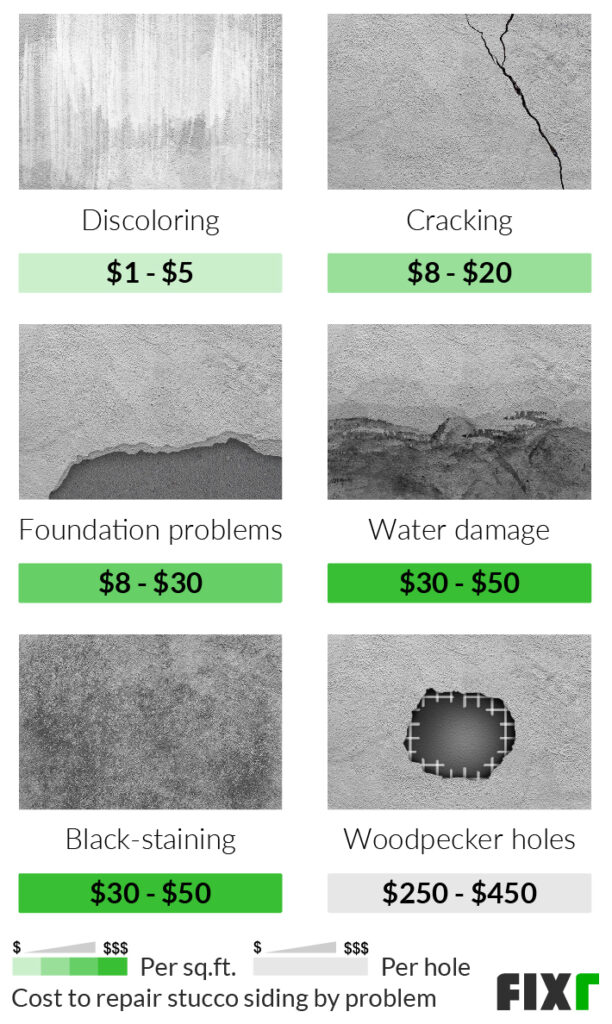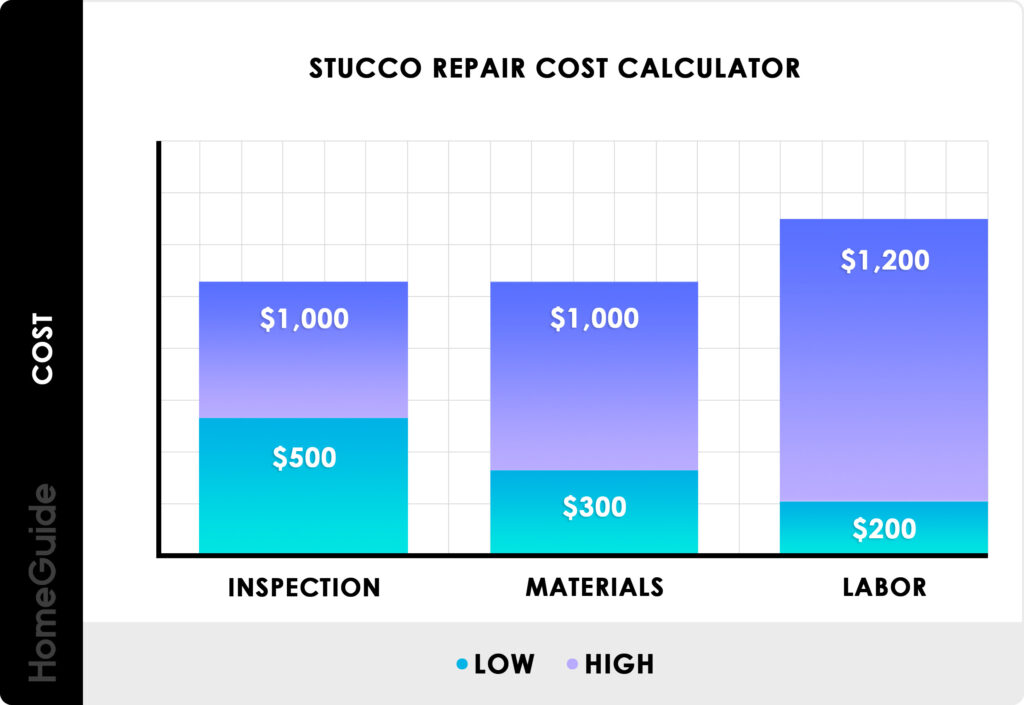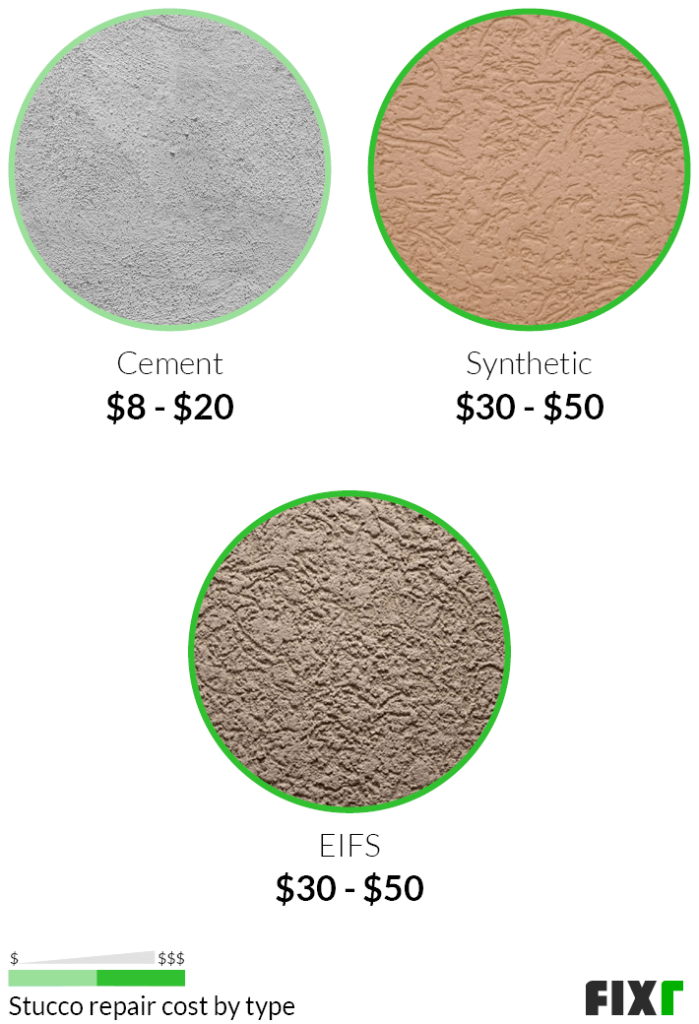Are you concerned about a leaking stucco wall in your home? Look no further, as we have the perfect solution for you: Stucco Leak Repair. Our team of highly skilled professionals specializes in fixing and preventing leaks in stucco walls. Whether it’s a small crack or a major water infiltration issue, we have the expertise and experience to provide efficient and long-lasting repairs. With our top-notch services, you can say goodbye to the worries of water damage and hello to a sturdy and leak-free stucco exterior. Trust Stucco Leak Repair to restore the integrity of your walls and protect your home from any further damage.
Common causes of stucco leaks
Improper installation
One common cause of stucco leaks is improper installation. When stucco is not installed correctly, it can lead to gaps or cracks in the exterior surface, allowing water to seep in. This could happen if the stucco is not mixed properly, if it is not applied evenly, or if it is not allowed to dry and cure properly. Hiring an experienced and skilled professional for the installation of stucco can help prevent this issue.
Poor maintenance and upkeep
Another cause of stucco leaks is poor maintenance and upkeep. Over time, the exterior of your home may develop cracks, chips, or other forms of damage. If these damages are not addressed and repaired in a timely manner, they can lead to water intrusion. Regular inspections and maintenance, such as sealing cracks or repainting damaged areas, can help prevent stucco leaks caused by neglect.
Age and deterioration
Stucco, like any other building material, can deteriorate over time due to aging. As it ages, it becomes more susceptible to cracks and damages. The repeated exposure to various weather conditions can also cause the stucco to lose its integrity. It is important to keep an eye on the condition of your stucco and be proactive in addressing any signs of deterioration to prevent potential leaks.
Damage from external factors
Stucco leaks can also be caused by external factors such as extreme weather events or accidental damage. Heavy rainstorms, strong winds, and even impact from tree branches or other objects can lead to cracks or holes in the stucco, allowing water to enter your home. It is important to assess the exterior of your home after such events and promptly address any damages to avoid further issues.
Identifying stucco leaks
Visible signs of water damage
One way to identify stucco leaks is by looking for visible signs of water damage. These may include water stains or discoloration on the interior or exterior walls, blistering or peeling paint, or visible mold or mildew growth. If you notice any of these signs, it is important to investigate the source of the water intrusion and take necessary steps to repair it.
Musty or moldy smell
Another indicator of stucco leaks is a musty or moldy smell. Moisture entering your home through stucco leaks can create a damp environment, which is conducive to mold and mildew growth. If you detect an unpleasant odor in your home, especially in areas near the stucco walls, it may be a sign of a stucco leak that needs to be repaired.
Testing for moisture
To confirm the presence of a stucco leak, you can perform a moisture test. This involves using a moisture meter or moisture-detecting device to measure the moisture levels in the affected areas of your stucco walls. If the readings indicate high moisture levels, it is an indication that there is a leak that needs to be addressed.

Preparing for stucco leak repair
Clearing the affected area
Before beginning the stucco leak repair process, it is important to clear the affected area. Remove any furniture, decorations, or obstacles that may impede the repair work. This will ensure easy access to the damaged stucco and prevent any further damage or hindrance during the repair process.
Inspecting for further damage
Once the area is clear, thoroughly inspect the damaged stucco for any further signs of damage or issues. Look for cracks, holes, or areas of weakness that may require repair or replacement. It is important to address all existing damages to prevent future leaks or additional repairs.
Identifying the source of the leak
Identifying the source of the stucco leak is crucial for effective repair. Trace the water infiltration path to determine the exact location of the leak. This may involve examining the nearby windows, doors, or roof edges to find potential points of entry. By pinpointing the source, you can ensure that the repair work is targeted and comprehensive.
Gathering necessary tools and materials
Before starting the repair process, gather all the necessary tools and materials required. This may include stucco patching materials, a trowel, gloves, safety glasses, a ladder, and any other specific tools needed for the particular repair tasks. Having everything prepared and within reach will make the repair work more efficient and organized.
Repairing stucco leaks
Patching small cracks and holes
For small cracks and holes in the stucco, patching is usually sufficient for repair. Start by cleaning the damaged area to remove any loose debris or particles. Then apply a stucco patching material to fill the crack or hole, using a trowel to smooth and level the surface. Allow the patch to dry and cure according to the manufacturer’s instructions before proceeding with further repairs or finishing.
Applying a waterproof barrier
To prevent future leaks and further protect your stucco, consider applying a waterproof barrier. This can be done by applying a waterproof coating or sealant over the repaired area or the entire stucco surface. The waterproof barrier helps to create a protective barrier against moisture and enhances the longevity of your stucco.
Replacing damaged stucco
In cases where the stucco damage is extensive or the integrity of the stucco is compromised, it may be necessary to replace the damaged sections of stucco. This involves carefully removing the damaged stucco, preparing the surface, and applying new stucco to match the existing finish. This repair method ensures a seamless and durable result.
Addressing underlying structural issues
Along with repairing the stucco itself, it is important to address any underlying structural issues that may have contributed to the stucco leaks. This could involve repairing or replacing damaged flashing, repairing gaps in the building envelope, or improving the overall drainage system. By addressing these underlying issues, you can prevent future stucco leaks and ensure the long-term stability of your home.
Professional stucco leak repair vs. DIY
Benefits of hiring a professional
While some stucco leak repairs can be done as a DIY project, there are several benefits to hiring a professional:
- Expertise: Professionals have the knowledge and experience to accurately diagnose the source of the stucco leak and provide effective repairs.
- Quality workmanship: Professionals are trained to deliver high-quality workmanship, ensuring a long-lasting and durable repair.
- Time-saving: Hiring a professional saves you time and effort, as they will have the tools, materials, and skills required for efficient stucco leak repair.
- Warranty and insurance: Many professional stucco repair companies provide warranties and have insurance coverage, providing you with peace of mind in case anything goes wrong.
Potential drawbacks of DIY repair
While DIY repairs may be possible for minor stucco leaks, there are some potential drawbacks to consider:
- Lack of knowledge and experience: Without the proper knowledge and experience, DIY repairs may not address the underlying issues causing the stucco leak, leading to recurring problems.
- Safety concerns: Working at heights or with certain tools and materials can be hazardous. Professionals have the necessary safety training to minimize the risks associated with stucco leak repair.
- Time and effort: DIY repairs can be time-consuming and require significant effort, particularly if you lack experience or access to the right tools and materials.
When to consider DIY repair
If you have the necessary skills, knowledge, and access to the required tools and materials, you may be able to tackle minor stucco leaks as a DIY project. However, it is important to assess the complexity and extent of the repair work before deciding to proceed with DIY repairs. For larger or more complex stucco leaks, it is generally recommended to seek professional assistance to ensure the best results.
Costs of stucco leak repair
Factors influencing repair costs
Several factors can influence the overall cost of stucco leak repair:
- Severity of the damage: The extent and severity of the stucco damage will impact the repair costs. Minor cracks or small areas of damage can be relatively inexpensive to repair, while extensive damage requiring complete stucco replacement will be more costly.
- Accessibility: Access to the damaged areas can also affect the repair costs. If the area is difficult to reach or requires special equipment, the repair expenses may be higher.
- Additional repairs: If the stucco leaks have caused further damage to the underlying structure or other components of your home, additional repairs may be necessary. These additional repairs can increase the overall cost of the stucco leak repair project.
Average cost ranges
It is difficult to provide an exact cost estimate for stucco leak repair without assessing the specific circumstances of each individual case. However, as a rough guideline, the average cost of stucco leak repair can range from $500 to $5,000 or more, depending on the factors mentioned above. It is recommended to obtain multiple quotes from reputable contractors to compare prices and ensure a fair cost for the required repairs.
Cost comparison between DIY and professional repair
The cost of DIY stucco leak repair will vary depending on the materials and tools needed. While the initial cost of DIY repair may be lower, it is important to consider the potential risks and long-term implications. Professional stucco leak repair may involve higher upfront costs, but it often provides a more reliable and durable solution, reducing the likelihood of recurring issues and additional expenses down the road.

Tips for preventing stucco leaks
Regular inspection and maintenance
To prevent stucco leaks, it is essential to perform regular inspections of your stucco walls and address any signs of damage or wear immediately. Look for cracks, chips, or areas of loose stucco and repair them promptly to prevent water intrusion. Regular maintenance, such as sealing cracks, repainting damaged areas, and cleaning gutters, can help maintain the integrity of your stucco and prevent leaks.
Proper drainage and gutter systems
Ensuring proper drainage and gutter systems is crucial in preventing stucco leaks. Make sure your gutters are clean and free of debris, allowing water to flow freely away from your home. Consider installing downspout extensions to direct water even further away from the foundation. Proper grading around your home can also help direct water away from the stucco walls, preventing water from seeping into your home.
Use of breathable stucco materials
When installing or repairing stucco, consider using breathable stucco materials. Breathable stucco allows moisture within the walls to escape, reducing the risk of trapped moisture and potential leaks. Discuss with your contractor the various options for breathable stucco materials that can be used for your specific project.
Conclusion
Stucco leaks can be a frustrating and potentially costly issue for homeowners. By understanding the common causes of stucco leaks, knowing how to identify them, and being prepared to address them, you can effectively prevent and repair stucco leaks. Whether you choose to hire a professional or tackle the repairs yourself, it is important to prioritize regular maintenance, address any damages promptly, and take steps to prevent future leaks. With proper care and attention, your stucco walls can remain durable, beautiful, and leak-free for years to come.

